Table of Contents
Introduction to Pepper Varieties
Choosing the right pepper variety is key to perfecting your dishes. This comprehensive guide compares heat levels, flavor profiles, and best uses for 7 popular peppers to help you select the ideal spice for any recipe.
Top 7 Pepper Varieties for Cooking
Let's break down the most well-known pepper varieties and what makes them special:
- Jalapeño: Medium-sized, green peppers with a mild to medium heat level. Great for salsas, stuffed peppers, and tacos.
- Serrano: Similar to jalapeños but hotter. Often used in Mexican cuisine for salsas and guacamole.
- Habanero: Small, orange or yellow peppers with intense heat. Ideal for hot sauces and spicy dishes.
- Cayenne: Long, thin red peppers that are moderately hot. Used in many spice blends and hot sauces.
- Bell Peppers: Sweet and mild, available in various colors. Perfect for roasting, grilling, or eating raw.
- Chipotle: Smoked and dried jalapeños. Adds a smoky, earthy heat to dishes like chili and stews.
- Ghost Pepper: One of the hottest peppers in the world. Use sparingly and only for those who dare.
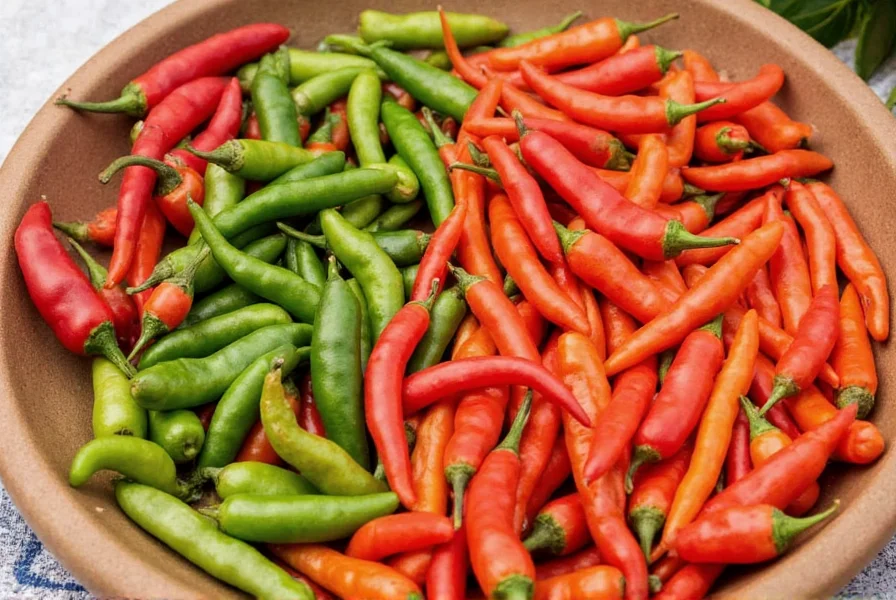
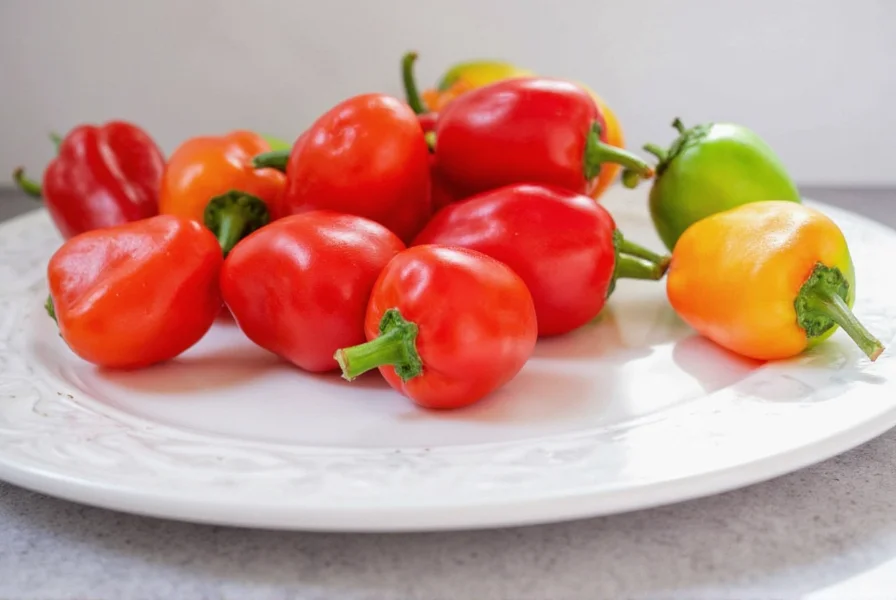
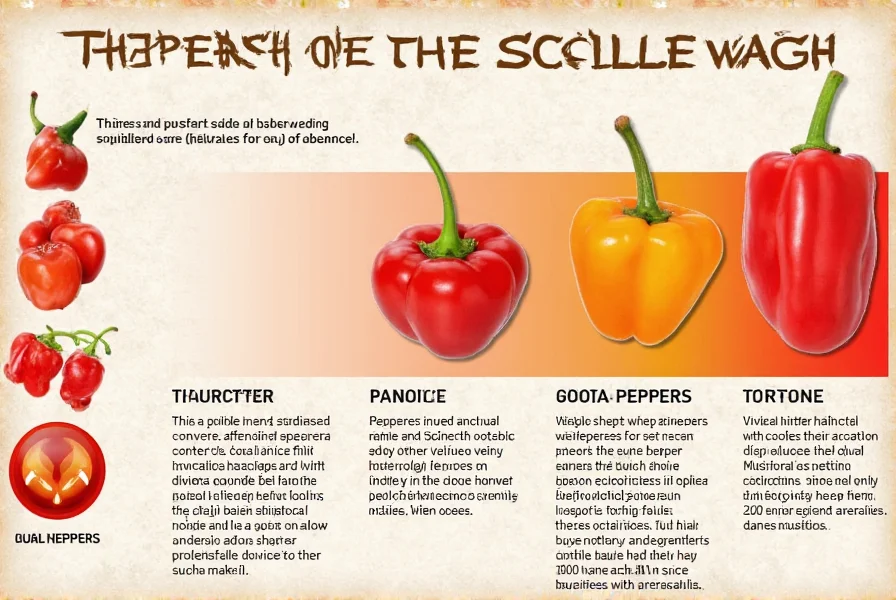
| Pepper Variety | Heat Level (Scoville Units) | Flavor Profile | Best Uses |
|---|---|---|---|
| Jalapeño | 2,500 - 8,000 | Mild, slightly sweet | Salsa, tacos, grilled |
| Serrano | 10,000 - 25,000 | Sharp, peppery | Salsa, guacamole, pickling |
| Habanero | 100,000 - 350,000 | Smoky, citrusy | Hot sauce, Caribbean dishes |
| Cayenne | 30,000 - 50,000 | Spicy, tangy | Spice blends, hot sauces |
| Bell Pepper | 0 - 100 | Sweet, crisp | Roasted, raw, stuffed |
| Chipotle | 10,000 - 25,000 | Smoky, earthy | Chili, barbecue, stews |
| Ghost Pepper | 1,000,000+ | Extremely hot, fruity | Hot sauces, challenge foods |
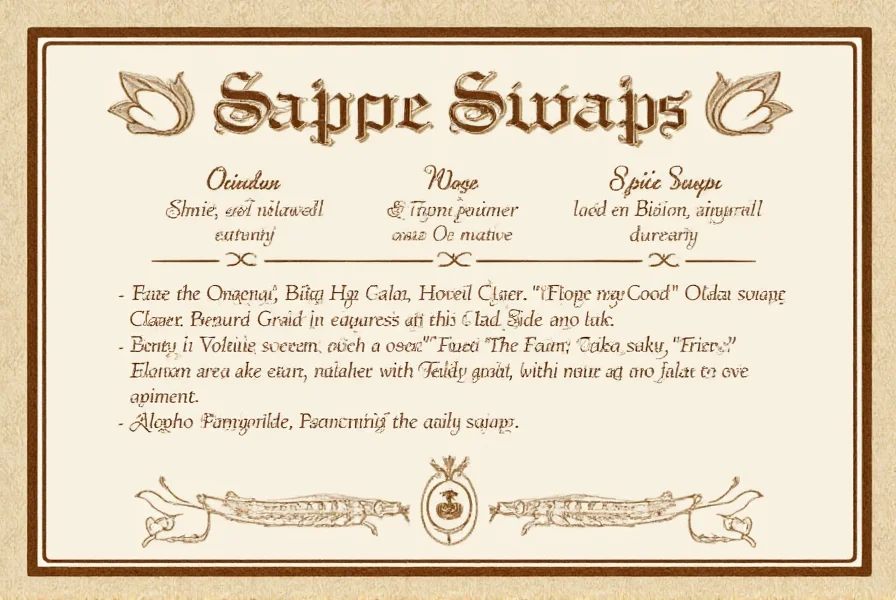
Expert Tips for Using Pepper Varieties
Now that you know the basics, here are some tips to help you make the most of your pepper collection:
- Start small: If you're new to spicy food, begin with milder peppers like bell peppers or jalapeños.
- Adjust heat levels: Remove the seeds and membranes to reduce heat in any pepper before using it.
- Pair wisely: Some peppers work better with certain cuisines—like cayenne in Indian dishes or chipotle in Mexican meals.
- Use fresh or dried: Fresh peppers offer a vibrant taste, while dried ones bring depth and smokiness.
- Experiment: Don't be afraid to mix and match different peppers for unique flavor combinations.
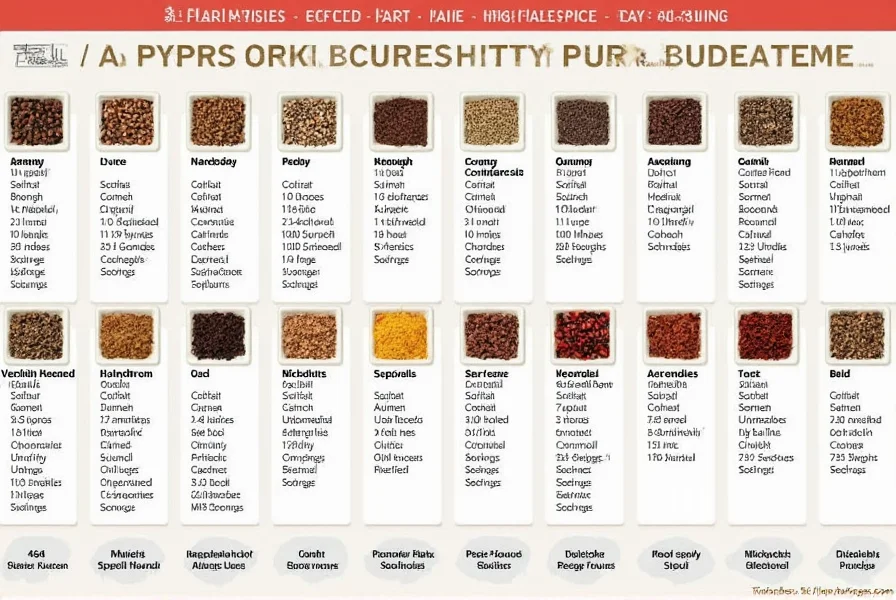
How to Buy the Best Peppers for Your Recipes
Whether you're shopping at a local market or online, knowing what to look for can make all the difference. Here's a buying guide to help you choose the right pepper for your needs:
1. Bell Peppers
Features: Mild, sweet, and crunchy.
Advantages: Versatile and great for beginners.
Use Cases: Salads, roasting, grilling.
Target Audience: Home cooks and health-conscious eaters.
Suitable Occasions: Everyday meals, summer barbecues.
2. Jalapeños
Features: Green, medium-sized, mildly spicy.
Advantages: Easy to find and user-friendly.
Use Cases: Salsa, nachos, tacos.
Target Audience: Spicy food lovers looking for a gentle introduction.
Suitable Occasions: Cinco de Mayo, family dinners.
3. Habaneros
Features: Small, orange or yellow, extremely spicy.
Advantages: Bold flavor and high heat.
Use Cases: Hot sauce, Caribbean-inspired dishes.
Target Audience: Advanced spice enthusiasts.
Suitable Occasions: Cooking challenges, holiday feasts.
4. Cayenne
Features: Red, long, and hot.
Advantages: Easy to grind and use in spice blends.
Use Cases: Spice mixes, hot sauces, seasoning.
Target Audience: Those who enjoy a consistent heat level.
Suitable Occasions: Everyday cooking, recipes with a kick.
5. Ghost Peppers
Features: Extremely hot, sometimes with a fruity aroma.
Advantages: Ideal for extreme spice lovers.
Use Cases: Challenge hot sauces, novelty items.
Target Audience: Only for experienced spice tasters.
Suitable Occasions: Food challenges, themed parties.
Frequently Asked Questions About Pepper Varieties
Which pepper variety is the hottest?
The Ghost Pepper (Bhut Jolokia) is one of the hottest commonly available peppers, with a Scoville rating of over 1,000,000 units. However, there are even hotter varieties like the Carolina Reaper that can reach up to 2,200,000 Scoville units. For reference, jalapeños typically range from 2,500 to 8,000 Scoville units.
How can I safely handle very spicy peppers?
When handling hot peppers, wear gloves to prevent capsaicin (the compound that creates heat) from irritating your skin. Avoid touching your face, especially eyes, while working with peppers. After handling, wash your hands thoroughly with soap and water. If you get pepper juice in your eyes, flush with cool water for several minutes.
What's the difference between fresh and dried peppers?
Fresh peppers offer bright, vibrant flavors and varying heat levels depending on the variety. Dried peppers develop deeper, more concentrated flavors with sometimes smokier notes. The drying process can alter the heat level - some peppers become milder when dried, while others maintain their intensity. Dried peppers are excellent for making powders, rubs, and infusing oils.
How do I reduce the heat of a pepper in my dish?
To reduce heat in a dish, remove the seeds and white membranes (placenta) of the pepper, as these contain most of the capsaicin. You can also balance heat with dairy products (like yogurt or sour cream), acidic ingredients (like lime juice), or sweet elements (like honey or sugar). Adding more of the other ingredients in your recipe can also help dilute the spiciness.
Which peppers are best for beginners to spicy food?
Beginners should start with milder peppers like bell peppers (which have no heat), poblano peppers, or jalapeños (used sparingly). These provide flavor with minimal heat. As your tolerance develops, you can gradually move to serranos, then habaneros, and eventually to extremely hot varieties. Remember that fresh peppers often seem milder than their dried counterparts or extracts.
What are Scoville units and how do they work?
Scoville units measure the concentration of capsaicin in peppers. The Scoville scale was developed by Wilbur Scoville in 1912 and originally used human tasters to determine when heat was no longer detectable after diluting pepper extract. Today, high-performance liquid chromatography (HPLC) provides more accurate measurements. For example, bell peppers register 0-100 Scoville units, while jalapeños range from 2,500-8,000 units.
Can I substitute one pepper variety for another in recipes?
Yes, but with caution. When substituting, consider both heat level and flavor profile. For example, you could use serranos instead of jalapeños but use fewer since they're hotter. Chipotles can substitute for smoked paprika but will add more heat. For habaneros, consider using a smaller amount of a milder pepper like serrano plus a bit of citrus to mimic the fruity notes. Always start with less than you think you need - you can add more heat, but you can't remove it.
Conclusion
Mastering pepper varieties transforms ordinary dishes into culinary masterpieces. Whether you're making salsa, chili, or a complex curry, understanding heat levels and flavor profiles helps you select the perfect pepper for any recipe. Start with milder options like bell peppers or jalapeños, then gradually explore hotter varieties as your palate develops. Remember: always have milk or dairy on hand when working with extremely spicy peppers!
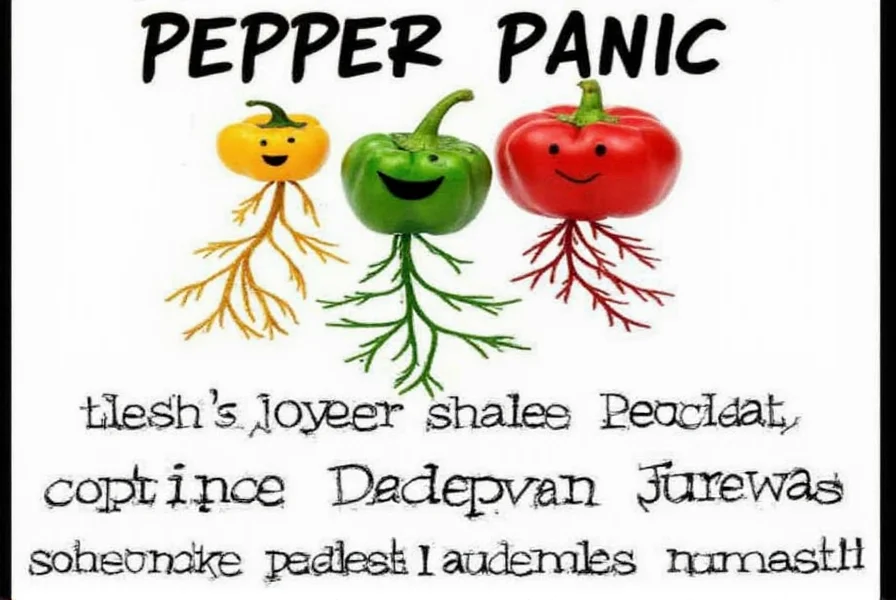










 浙公网安备
33010002000092号
浙公网安备
33010002000092号 浙B2-20120091-4
浙B2-20120091-4